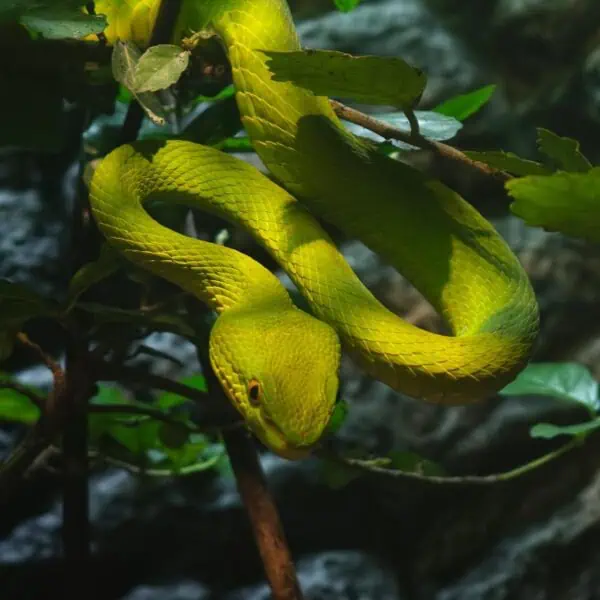Reptile House
Step into the fascinating world of reptiles as you enter our Reptile House. A haven for these extraordinary creatures, our facility showcases a diverse collection of reptiles from around the globe. From slithering snakes to scaly lizards, prepare to be captivated by the beauty, diversity, and unique adaptations of these remarkable reptilian residents.
Photo Gallery
Our Reptile Species

Asian Forest Scorpion
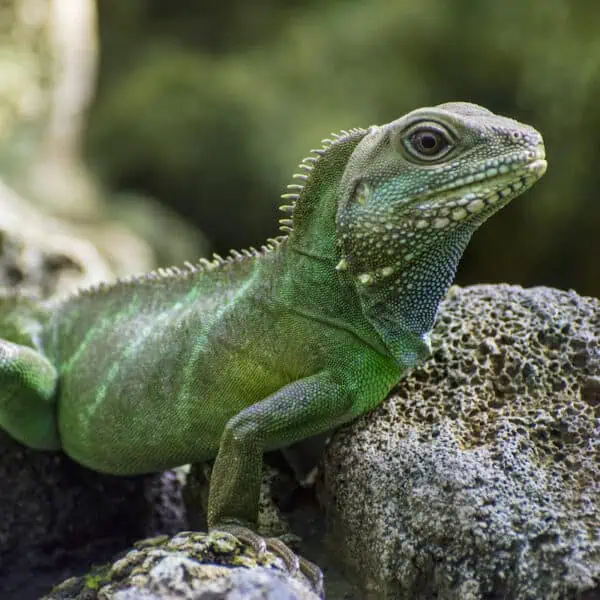
Asian Water Dragon
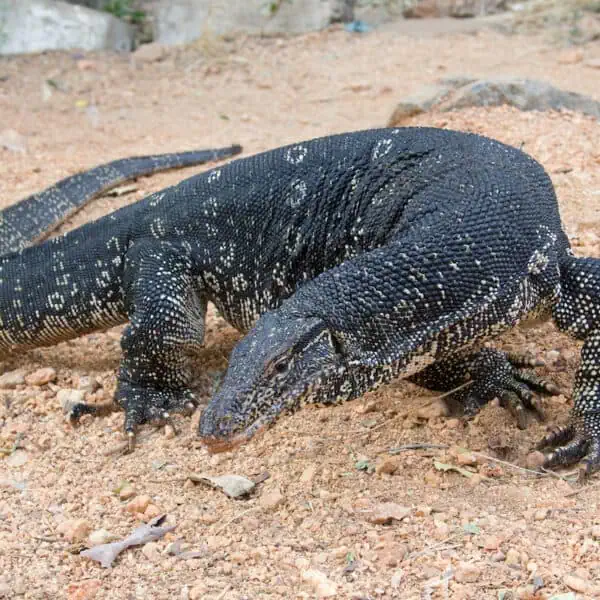
Asian Water Monitor
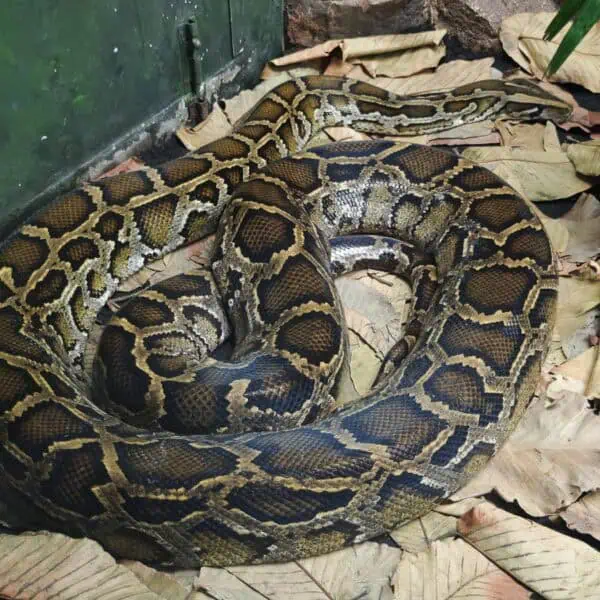
Burmese Python

Earth Tiger Tarantula
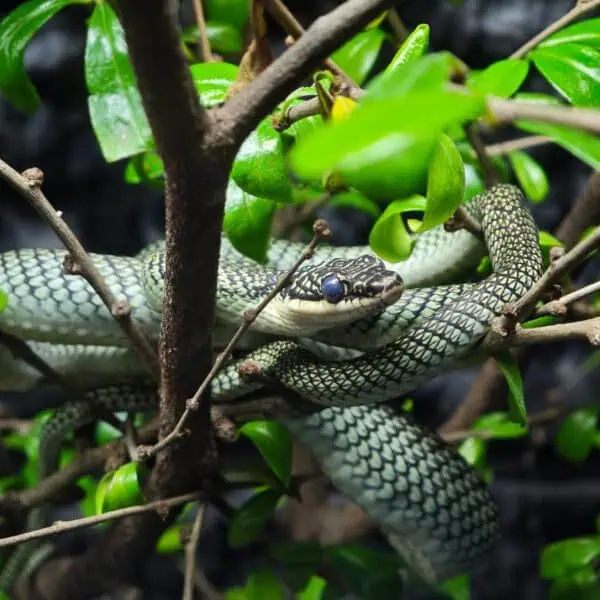
Golden Tree Snake

Green Cat Snake
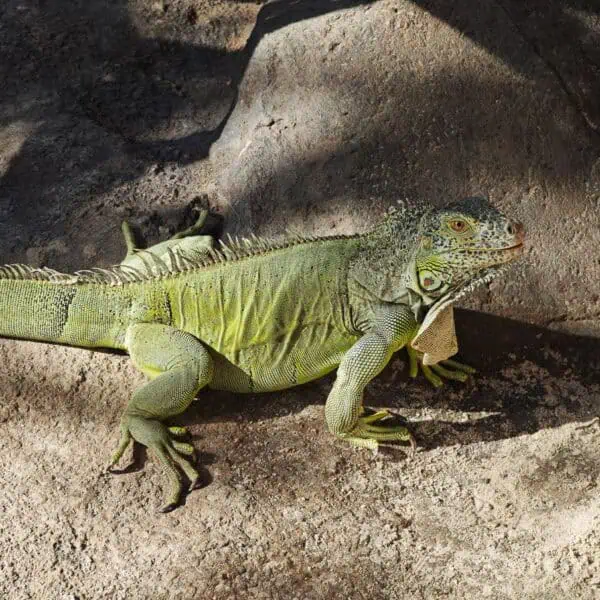
Green Iguana
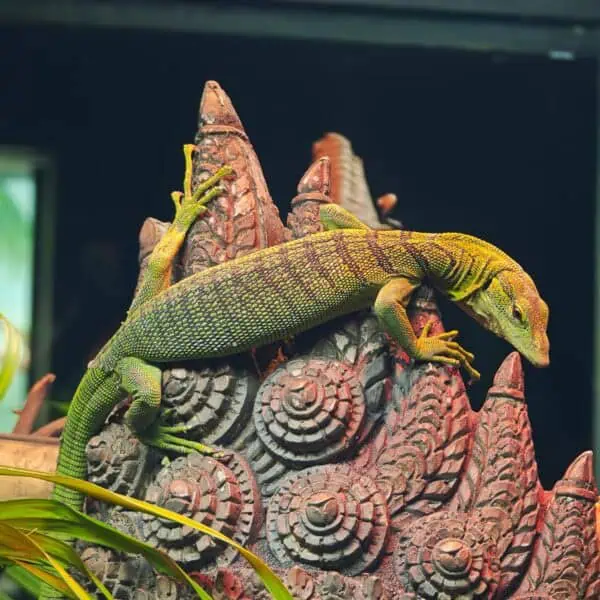
Green Tree Monitor Lizard

Green Tree Viper

King Cobra
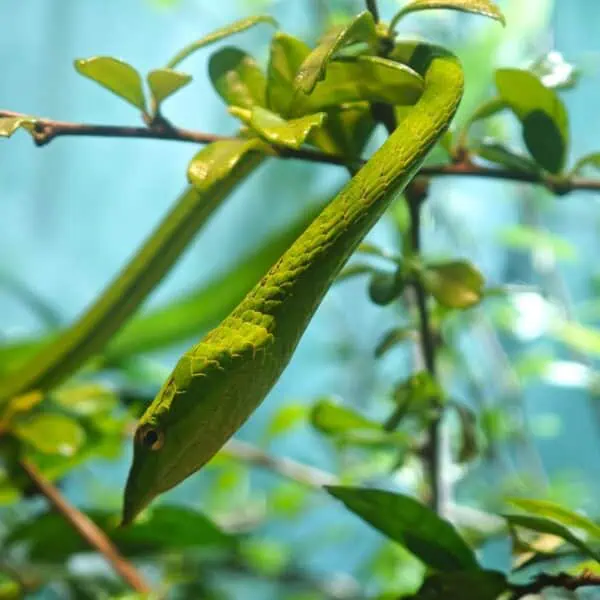
Long Nosed Vine Snake
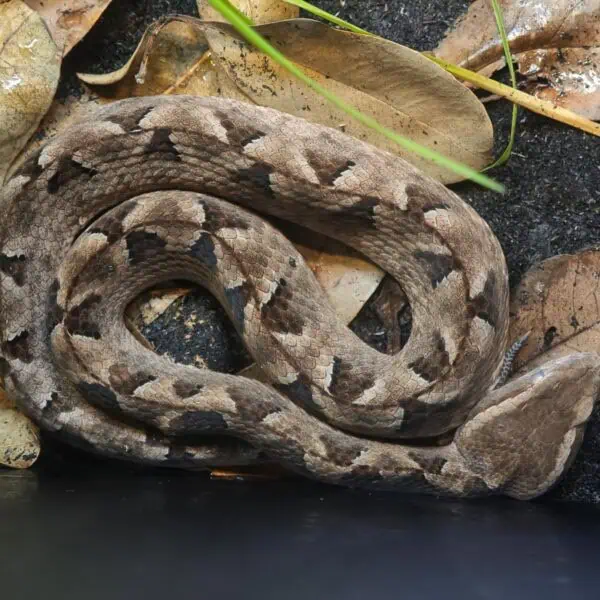
Malayan Pit Viper
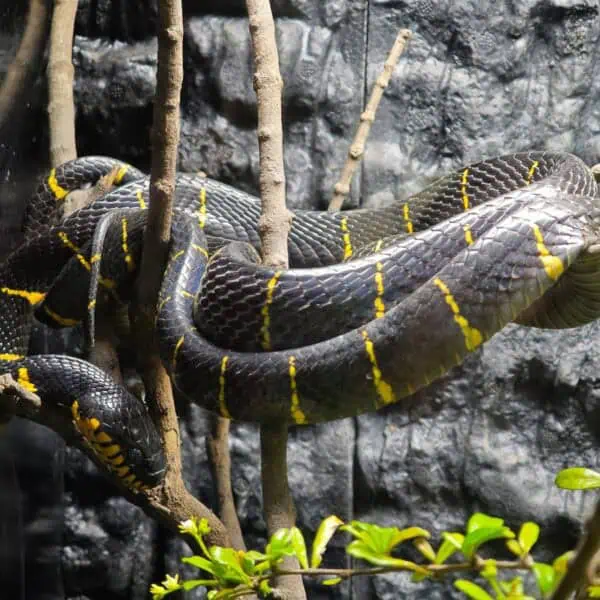
Mangrove Snake

Monocled cobra

Painted Bronzeback Tree Snake

Pig-nosed Turtle
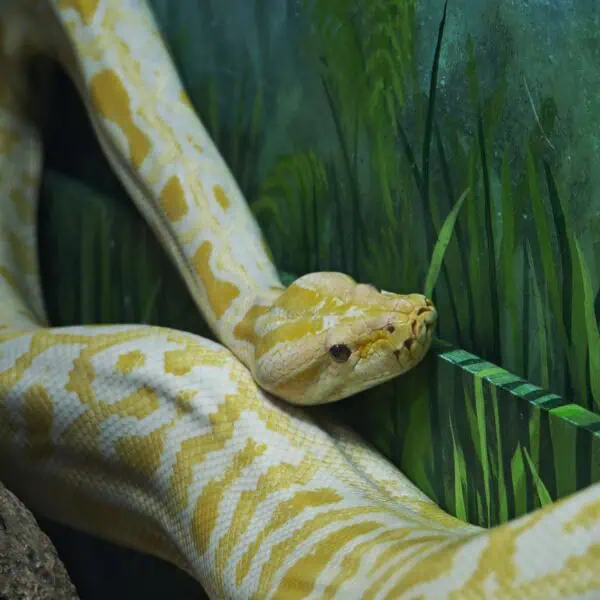
Python
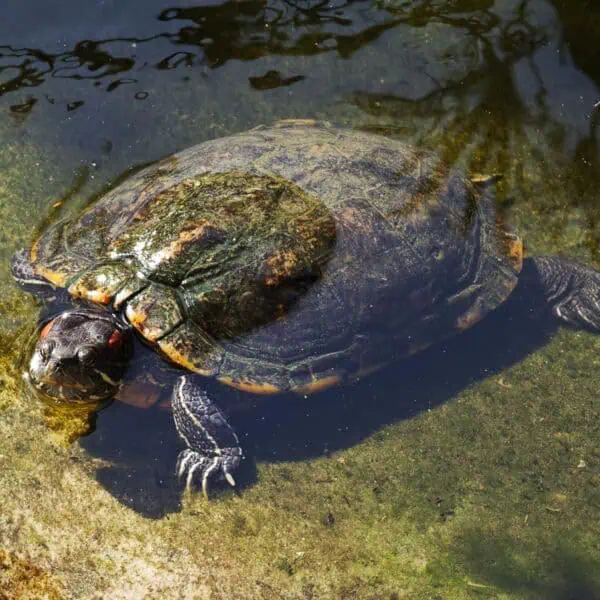
Red-Eared Slider

Siamese Crocodile
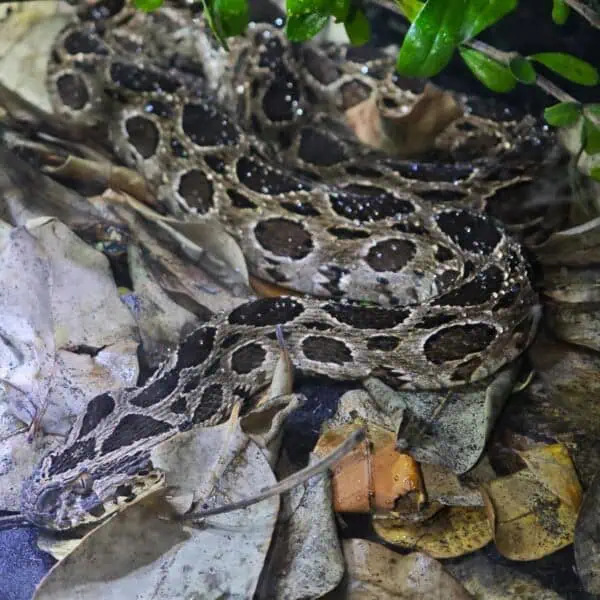
Siamese Russell’s Viper
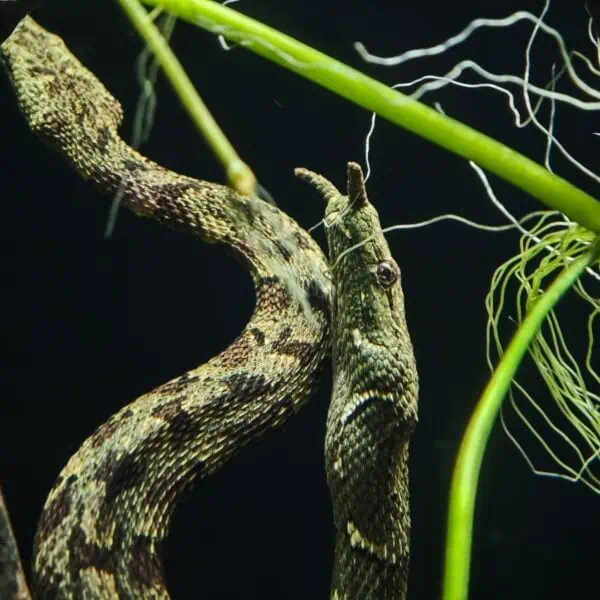
Tentacled Snake
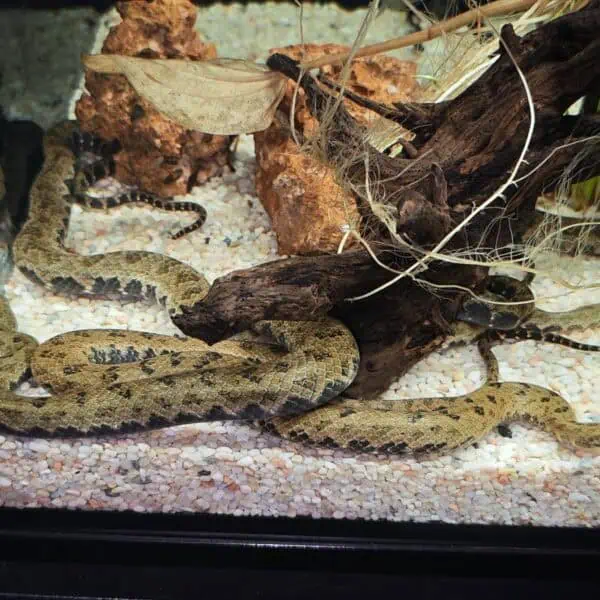
The Tonle Sap Water Snake
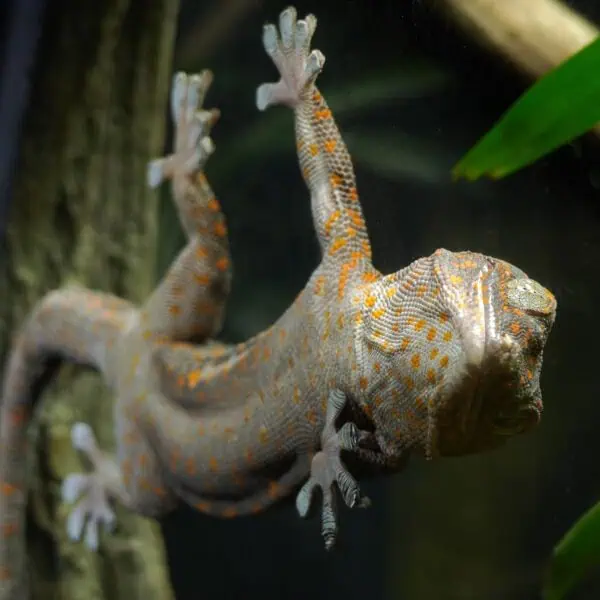
Tokay Gecko

Vine Snake
